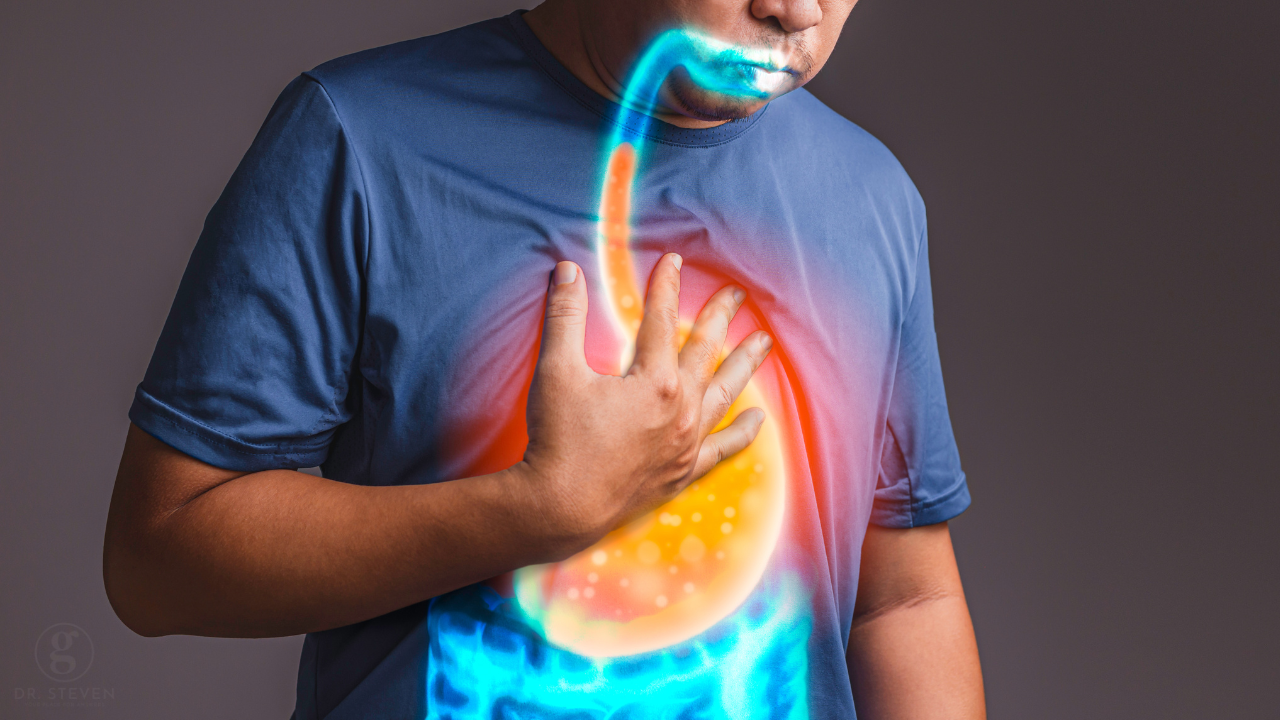The Power of Macronutrients: How Your Body Chooses Fuel for Energy


We often hear about the importance of protein, carbohydrates, and fat in our diet, but have you ever wondered how your body actually uses these macronutrients? Understanding how your body prioritizes these fuels can help you make smarter choices about your diet, energy levels, and overall health. Let’s break down how the body uses protein, carbs, and fat—and why it matters for your energy balance and long-term well-being.
The Basics of Macronutrient Storage and Use
Your body relies on three primary macronutrients for energy: protein, carbohydrates, and fat. These come from both the food you eat and the stores within your body. Each macronutrient plays a unique role in fueling your body, but they aren’t all stored or used in the same way.
1. Carbohydrates: The Rocket Fuel


Carbohydrates are often referred to as the body’s “quick energy” source. When you eat carbs, your body converts them into glucose, which is either used immediately for energy or stored in the liver and muscles as glycogen. However, your glycogen stores are limited. The average person can store only about 2,000 calories worth of glycogen, which is enough to fuel a day’s worth of moderate activity.
But here’s the catch: glycogen needs water to be stored. For every gram of glycogen, your body holds onto 3 grams of water. This means glycogen storage is bulky and inefficient compared to fat storage, which is why the body only keeps a small amount of glycogen on hand.
2. Fat: The Long-Term Energy Reserve


Fat is your body’s preferred long-term energy reserve. Unlike glycogen, fat doesn’t require water for storage, which makes it far more efficient. The average person carries around 120,000 calories worth of stored fat—enough to last for 60 days or more. Fat is the body’s go-to fuel for low-intensity activities, like walking or everyday tasks, because it provides a slow, steady source of energy.
When you’re fasting, or on a low-carbohydrate diet, your body shifts to burning fat for fuel. It breaks down triglycerides (fat molecules) into fatty acids and glycerol, which can be used to create energy. This process becomes even more efficient over time, especially on a ketogenic or carnivore diet.
3. Protein: The Building Block, Not Just Fuel


While protein can be used as a source of energy, its primary role is to build and maintain the structures in your body—such as muscles, enzymes, and tissues. The body wants to preserve muscle, not burn it for fuel. In fact, when you’re in ketosis (a fat-burning state), your body activates mechanisms to protect your muscle mass, preferring to burn fat instead.
That said, if you’re not eating enough carbohydrates, your body can break down dietary protein into glucose through a process called gluconeogenesis. However, your body is more efficient at burning fat for energy, so protein is used for fuel only when necessary.
Why Your Body Prefers Fat for Energy
You might be wondering: if glycogen provides quick energy, why doesn’t the body store more of it? The answer lies in water retention. Storing glycogen requires significant amounts of water, making it impractical for long-term energy needs. Fat, on the other hand, is stored without water, allowing your body to efficiently store a vast energy reserve without excess weight.
When you engage in low-intensity activities—like walking the dog or doing chores—your body burns fat. It only turns to glycogen (and then glucose) during more intense activities that require quick bursts of energy, such as sprinting or weightlifting.
Muscle Loss Isn’t Due to Lack of Carbs
One common myth is that if you don’t eat enough carbs, your body will start breaking down muscle for energy. This isn’t true. Muscle atrophy—loss of muscle mass—occurs from disuse, not because your body is burning muscle for energy. Think of someone who has worn a cast on their arm for weeks: when the cast comes off, the arm has shrunk. The muscle wasn’t burned for fuel; it was simply unused, leading to atrophy.
The same principle applies in daily life. If you aren’t using your muscles regularly through activity or exercise, they will shrink. However, if you are active—especially on a low-carb diet—your body will prioritize burning fat, preserving your muscle for physical function.
The Hierarchy of Fuel Use: What Your Body Burns First
- Body Fat: The go-to energy source for low-intensity activities.
- Glycogen: The “rocket fuel” burned during high-intensity activities.
- Dietary Protein: Can be used for energy if needed but is preferred for building and maintaining muscle.
- Body Protein (Muscle): The last resort for energy. Your body will do everything it can to preserve muscle, especially when fat is available.
How to Balance Your Macronutrients for Optimal Health


Understanding how your body uses macronutrients helps you plan your meals and workouts more effectively. If you’re looking to burn fat, focus on low-intensity activities like walking or rucking (walking with added weight) to tap into your fat stores. Save your glycogen stores for high-intensity workouts, and make sure you’re eating enough protein to maintain muscle mass.
By recognizing that food serves two main purposes—energy and structure—you can make smarter choices to support both your daily needs and long-term health goals. Prioritize whole foods rich in healthy fats and proteins, and remember that carbohydrates are best used strategically for high-energy activities.
Conclusion: Let Your Body Use Fuel Wisely
Your body is incredibly efficient at using fuel in the most beneficial way for your survival. It will always prefer to burn fat during everyday activities and save glycogen for when you really need it. And while protein can be used for energy, it’s far more valuable as a building block for muscles, tissues, and enzymes.
So, the next time you’re planning a workout or a meal, think about how your body will use those macronutrients. By understanding how your body prioritizes fat, carbs, and protein, you can make better decisions to optimize your energy, preserve muscle, and maintain a healthy, long-term balance.
References
- Gropper, S. S., & Smith, J. L. (2013). Advanced Nutrition and Human Metabolism (6th ed.). Cengage Learning.
- Wolfe, R. R. (2006). The underappreciated role of muscle in health and disease. The American Journal of Clinical Nutrition, 84(3), 475-482.
https://doi.org/10.1093/ajcn/84.3.475 - Brehm, B. J., Seeley, R. J., Daniels, S. R., & D’Alessio, D. A. (2003). A randomized trial comparing a very low carbohydrate diet and a calorie-restricted low fat diet on body weight and cardiovascular risk factors in healthy women. The Journal of Clinical Endocrinology & Metabolism, 88(4), 1617-1623. https://doi.org/10.1210/jc.2002-021480
Want to learn more about optimizing your health and longevity? Visit our Blog Home Page for more expert insights. If you’re interested in working directly with Dr. G to see if you’re an ideal client, you can explore more here. Additionally, take a look at Dr. G’s supplement line for products designed to support your metabolic health at Cyrene Labs (Cyrene labs products are only available through licensed providers)




